Happy Sunday!
I’m guessing you might ask, why Turkey — for Thanksgiving?
Some might think the conception is obvious, to the above.
I went there first in 2005 — learning something about the opening connections in Istanbul. I studied Islamic art in the 70s, even Arabic language — and came away from the middle eastern researches with an especial fondness for the history of this land, these people. That beckoning never subsided — merely quieted.

Looking West from Topkapi Sarayi > Suleimaniye Camii in the distance.
—-
In 2006, I went there again for a vacation really — to spend time digging into Istanbul. Hard for me to really be on vacation, unless my computer breaks down, but this round was pretty remote.
People are always the draw.
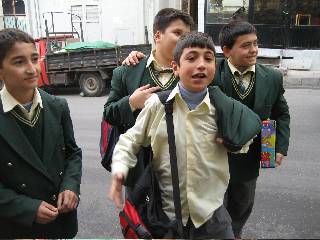
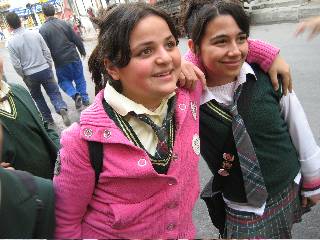
School children > Edirne Kapi
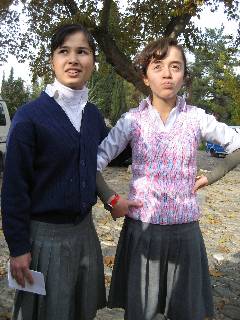
Schoolgirls > Bursa
—-
And people exist in the contexts of history.
This city is one of the most ancient and richly tapestried cities that you will likely ever find. At least, it tops the list for me, of cities that gather the patinas of multiple civilizations and cultural intents, since roughly 700 BC. Most ancient cities tend to hold to the measure of where they are at (Rome, Beijing, Tokyo) — what nation represents them. But Istanbul, Stamboul, Constantinople, Byzantium holds the flavorings of ancient Greece, of the Romans, the Goths, the semitic tribes, the Arabs, the Turks, and finally, in a way, given their power of the course of the last several centuries, the Spanish, the Dutch, the French and other European groups trying to negotiate some sort of protective link to the Ottomans, a leading, warring and acquisitive familial horde in Turkey for hundreds of years. (http://en.wikipedia.org/wiki/Ottoman_Empire)
—-
They live in where they are:
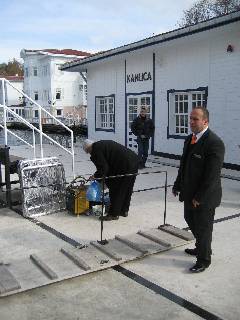
Ferrystop>The Bosphorus
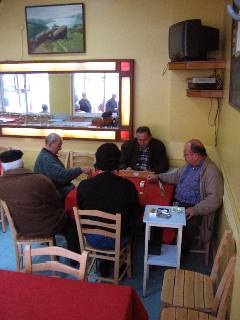
Scrabble > the last stop before the Caspian Sea
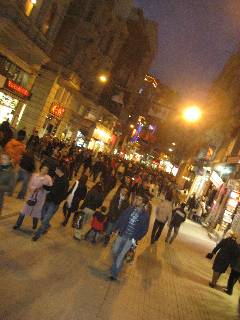
North of Tnel > Istikal Boulevard
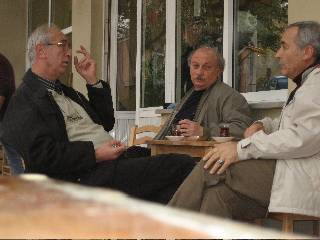
Trikye ai and cigarettes, village caf, north Bosphorus channel
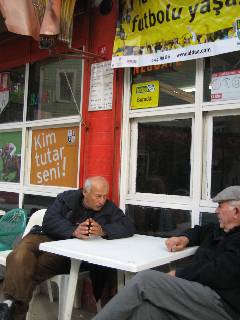
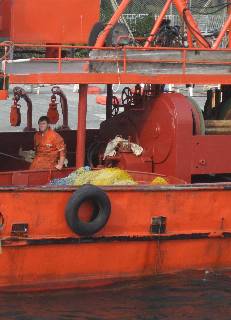
Orange mechanic with matching boat, the Bosphorus.
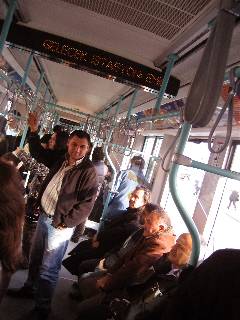
Tramvay: Eminnu
—-
People in the context of designed space.
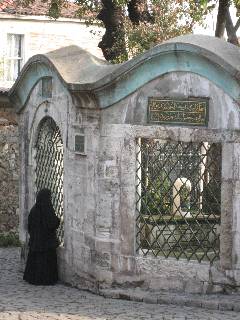
Prayer at Kariye Tomb, Edirne Kapi
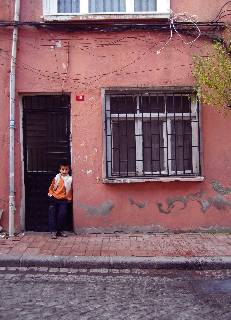
Boy, Valens Aqueduct
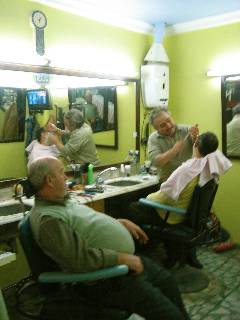
Barbering in Taksim.
This lends itself to legacy and destiny, to power plays, to intrigue and spectacular contributions to architecture, the arts, literature, scientific and philosophical thinking — for, in the beginning, the Ottomans were ones to advance openness in religious and cultural diversity, throughout the vast strength of their “Sublime”, as they called it, Empire, stretching from Persia, much of Europe– the Balkans and Austria, out to the Ukraine, North Africa — south to Yemen and Sudan, to Spain in the West. They controlled the Mediterranean Sea, Black Sea, Red Sea, the Persian Gulf and the Indian Ocean. They could be repulsed as an invading power in Europe only by the Hapsburgs aligned with a european coalition in the 15th and 20th centuries so rapacious was their acquisitive stridency.
People as creative forces: Mimar Sinan — an Ottoman architect of such creative magnetism that his works grace much of the city, as well as hundreds of other 15th century projects in Trkiye. The power calligraphies of Shakyh Hamdullah, the labyrinthine written spells of Ahmed Karahisari…

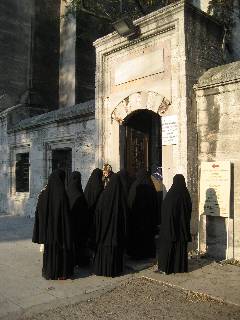
Tomb entrance, Sleymaniye
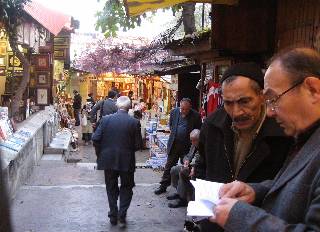
The Grand Bazaar Book Souk
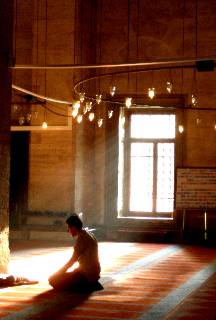
Spirit space.
—-
This creates the spirit of Istanbul — a city that bustled for centuries as a bridge to the trading routes of Central Asia, and the leap to the West from paths that lead, long, to the Silk Routes emanating from China and Southeast Asia — at the crossroads, the nexus of the Golden Horn.
As the light passes, new colorings emerge incessantly…
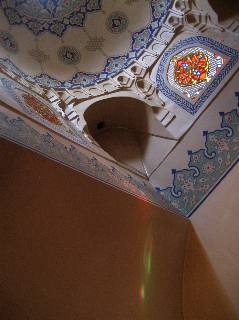
Go there, if any of this entices the imaginations of your wanderings.
The city, of course, is merely the beginning.
—-
T